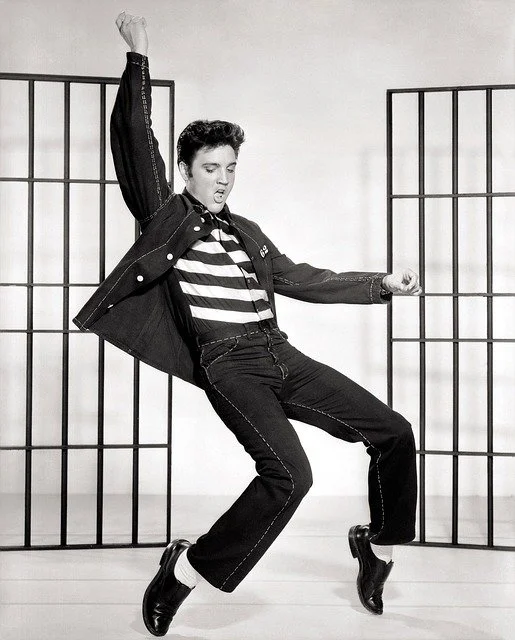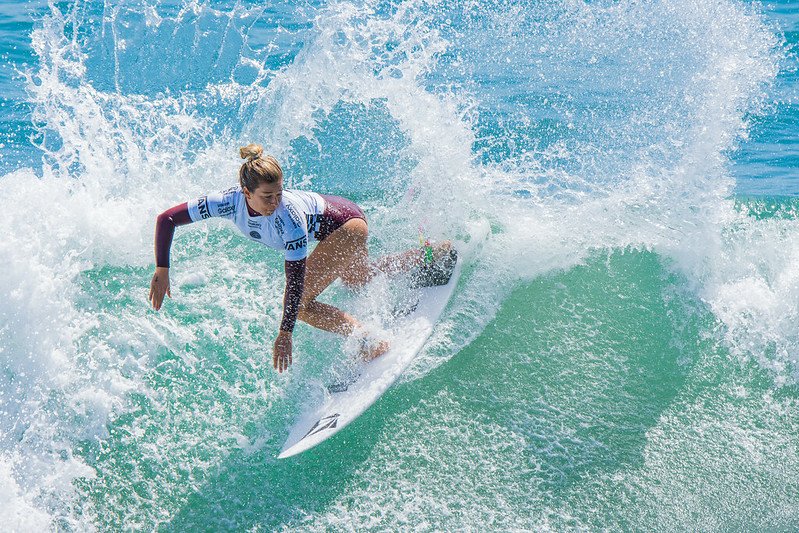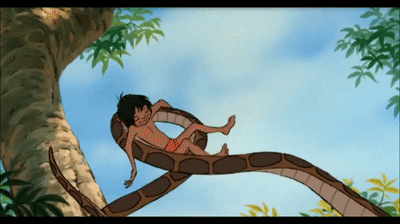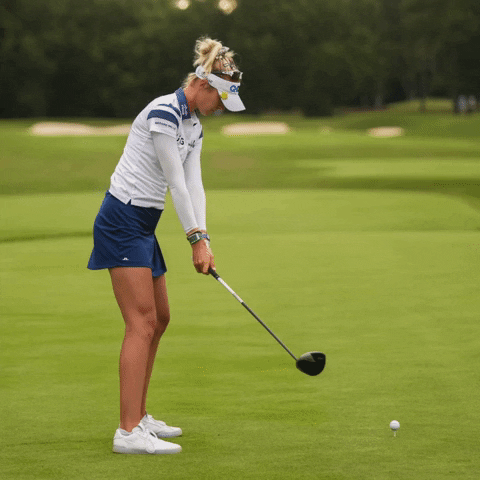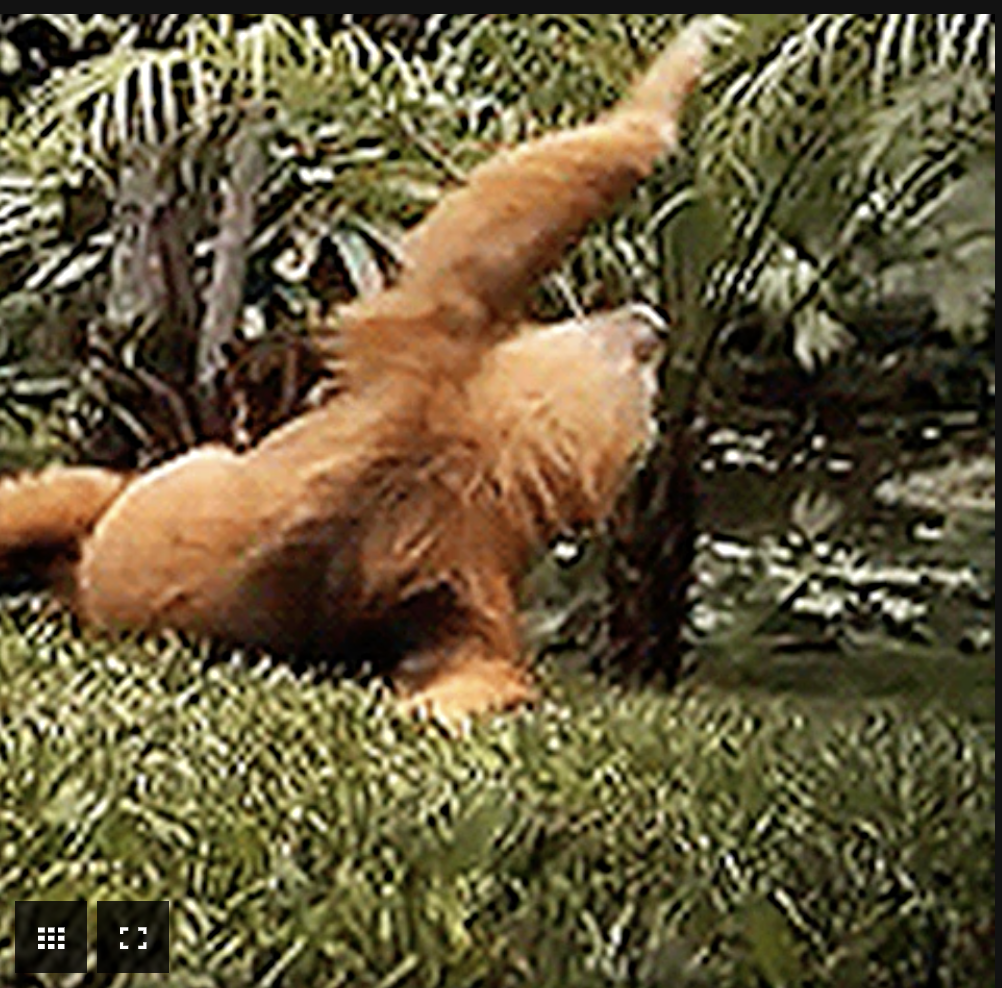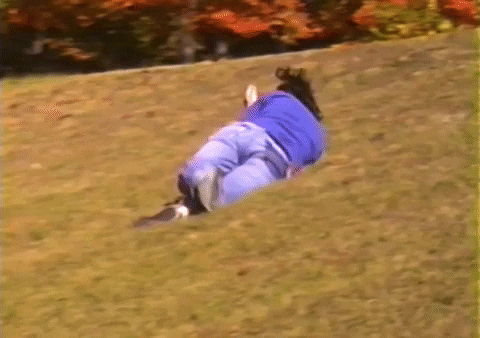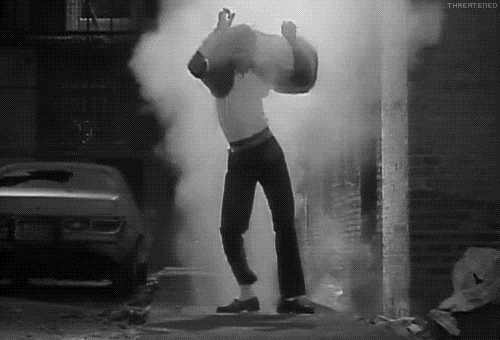STRING OF PEARLS / SOLID SUPPORT
Exploring the spine from end to end
Based in part on “Liberating the Neck and Jaw” by David Zemach-Berson
We can whip, roll, arch. We can stand tall, walk on two legs, deliver punches with power. All thanks to the marvel of our spines, skeletal wonders that act of a flexible string of pearls, and a solid column of torso and head support.
These Awareness Through Movement® lessons are chosen to increase the flexibility and strength of the neck and spine. Based on “Liberating the Head, Neck and Jaw” as developed by David Zemach-Berson and Awareness Through Movement® lessons created by Dr. Moshe Feldenkrais.
Get strong and sensitive, powerful and soft. Join in!
String of Pearls / Solid Support
Exploring the Spine - 1 - From the Tip of the Tongue Down (Your Tongue Rudder)
Based on “Liberating Your Neck and Jaw 1” as taught by David Zemach-Berson, GCFT®
Deep within the head, which we will explore in this series, is the tongue. This complex muscle is optimized for eating and forming sounds. We are going to try using it as a ‘rudder’ to gently guide the spine.
As the Femunculus model demonstrates, the tongue takes up a whole lot of motor cortex real estate, as do the hands and genitals. The tongue is among first muscles we develop as we reach for food and suck it out and down.
This is a quieting, deep within lesson. You might be a bit spaced out by the end. We will lie supine and feel into the echos of a moving tongue as they reverberate down the spine and into the whole body. Set Up:
Lying supine (on your back) with appropriate head support. Cervical spine alignment is critical to this lesson, so pay close attention to whether you can easily swallow while lying on your back. If your saliva catches at all, bring some support for the back of your head or neck.
Some people may want support under their knees or low back. You know what you need.
Femunculus sculpted by Haven Wright. photo: Preston Foerder.png
Read Full Post with Science Nerd and Inspirational Video Links. (Note: recording has a skip at about 3 minutes - apologies.)
String of Pearls / Solid Support
Exquisitely Fine Attunement - 2 - Side Sliding Jaw/Tiny Weight Shifts
Based on “Liberating Your Neck and Jaw series” as taught by David Zemach-Berson, GCFT®
The jaw, the gliding and hinge temporomandibular joint, is the most-used joint in the body. A tiny habitual preference for holding the jaw to one side can affect the tilt of the head, binocular vision, and tension in the ribs. Find out if you have any interesting little habits that have full-body impacts.
Set Up:
Lying supine (on your back) with appropriate head support. Cervical spine alignment is critical to this lesson, so pay close attention to whether you can easily swallow while lying on your back. If your saliva catches at all, bring some support for the back of your head or neck.
Some poeple may want support under their knees or low back. You know what you need.
Or sit with sit bones perched at the edge of a flat chair with knees and hips level; support behind the back is fine as long as you can rock your pelvis freely.
String of Pearls / Solid Support
Connecting The Jaw and Pelvis - 3 - Sliding Jaw Shifts Pelvis
Based on “And the Head is Free” as taught by Arlyn Zones, GCFT®
This week we do some jaw sliding to feel how the movement of the jaw ripples through the spine, into the ribs and all the way down to the hips. The lesson comes from one of my Feldenkrais Method® trainers, Arlyn Zones’, “And the Head is Free” series.
Set Up:
Lying supine (on your back) with appropriate head support. Cervical spine alignment is critical to this lesson, so pay close attention to whether you can easily swallow while lying on your back. If your saliva catches at all, bring some support for the back of your head or neck.
Some people may want support under their knees or low back. You know what you need.
Or sit with sit bones perched at the edge of a flat chair with knees and hips level; support behind the back is fine as long as you can rock your pelvis freely.
String of Pearls / Solid Support
Connecting Feet, Spine and Head - 4 - Horizontal Moonwalking
Based on the “Liberating the Head, Neck and Jaw” series created by David Zemach-Berson
This spare lesson of a few basic moves is a review of the connections between the feet, the pelvis and the head. Minimal movement is the key to feeling the connection from foot to spine to jaw and tongue, and the vertical lines of force that create front-to-back and side-to-side balance in standing.
This is a supine lesson, with a couple of standing interludes. Maybe a little horizontal moonwalking attempts, just to see if we can figure out what Michael is doing when he is doing it.
Set Up:
Lying supine (on your back) with appropriate head support. Cervical spine alignment is critical to this lesson, so pay close attention to whether you can easily swallow while lying on your back. If your saliva catches at all, bring some support for the back of your head or neck.
Some people may want support under their knees or low back. You know what you need.
Or sit with sit bones perched at the edge of a flat chair with knees and hips level; support behind the back is fine as long as you can rock your pelvis freely.
String of Pearls / Solid Support
Twisting the spine from top and bottom- 5 -Hug, Hold and Twist the Spine
Based a lesson from “And The Head Is Free Series” as taught by Arlyn Zones, GCFT®
This lesson begins and ends in a rolling self-hug, In between, the pelvis rocks back and forth, with and without the spine. The legs drop to one side, and the other, with and without the pelvis. We roll onto the tummy to roll the head with and without the spine, rock the legs together and apart. We lift the pelvis side to side.
Set Up for a supine and prone lesson:
Prepare the support you may want to lie supine (on your back): for the head, under the knees Cervical spine alignment is critical to this lesson, so pay close attention to whether you can easily swallow while lying on your back. If your saliva catches at all, bring some support for the back of your head or neck.
Support for lying on your tummy, if you choose to do that part of the lesson. Some people like padding under the tummy, hips, and head.
Or sit with sit bones perched at the edge of a flat chair with knees and hips level. For the ‘prone’ part, sit near a table or surface that you can comfortably rest your head on stacked hands, so your neck is long and your throat isn’t constricted.
String of Pearls / Solid Support
Catch a wave - 6 - Pearl by Pearl
Based a lesson from “Liberating the Neck and Jaw” as taught by David Zemach-Berson, GCFT®
This lesson guides you through the game of connecting the dots from each vertebrae to the easy, natural movement of the head and neck. This is a side-lying lesson. Both sides, actually. This position creates relationship to the floor and gravity that opens new insights into how the back arches, bends, twists, rotates.
Set Up for a side-lying lesson
Lying on a mat. Have support for your head - it will be more than you usually use for supine lessons. Make sure your chin and sternum are aligned. Cervical spine alignment is critical to this lesson, so pay close attention to whether you can easily swallow while lying on your side. If your saliva catches at all, bring some support for the back of your head or neck.
Or sit sideways on a firm chair with no arms. A straight-backed chair will give you something to lean your side against, which will give you some of the sidelying feedback. Sit with sit bones perched at the edge of a flat chair with knees and hips level.
String of Pearls / Solid Support
More Pearl by Pearl - 7 - Snaky Spine Slide
Based on “Lifting and Pressing Ribs” (aka Shimmy Workshop) as taught by Alan Questel GCFT®
Focus on how each ‘pearl’ glides laterally - side to side - and draws the adjacent ‘pearls’ with it. We check both sides for preferences, imbalances, alignments and correlation with preferences in the jaw, neck and eyes.
Set Up for a side-lying lesson
Lying on a mat. Have support for your head - it will be more than you usually use for supine lessons. Make sure your chin and sternum are aligned. Cervical spine alignment is critical to this lesson, so pay close attention to whether you can easily swallow while lying on your side. If your saliva catches at all, bring some support for the back of your head or neck.
Or sit sideways on a firm chair with no arms. A straight-backed chair will give you something to lean your side against, which will give you some of the sidelying feedback. Sit with sit bones perched at the edge of a flat chair with knees and hips level.
String of Pearls / Solid Support
Solid Support - 8 - Lock in the twist
Based on “Evening Class Notes 1977-1978: The Coachman” by Mia Segal and Gaby Yaron as taught by Julie Casson-Rubin
In this lesson, the deep seated twist movement flows from the pelvis, bringing the lumbar, thoracic and cervical vertebrae with it. Turning the head to look back over the shoulder is the cherry on the top.
Set Up for Sitting:
Stable, flat-bottom, armless chair where knees and hips are level.
String of Pearls / Solid Support
Solid Support - 9 - Deeper Spine Spine Bending
Based on “The Coachman” by Mia Segal and Gaby Yaron as taught by Julie Casson-Rubin, the “Half Ass Lesson” as taught by Alan Questel GCFT®, and AY508 by Moshe Feldenkrais
This lesson is a continuation of the seated “Coachman” lesson, backtracking to further develop the yin and yang of side bending vertebral movement. This concatenated lesson that goes back over the “pearl by pearl” side bending motion with an added focus on conscious expansion via the beloved “half ass” lesson,
Set Up for Sitting:
Stable, flat-bottom, armless chair where knees and hips are level.
If you prefer to keep both sit bones on the chair, have a small towel that can be folded to lift your sit bone.
String of Pearls / Solid Support
Solid Support - 10 - Deep Spinal Twist Dynamics
Based on “Three Way Hip” by taught by Alan Questel, GCFP®
“Three Way Hip” is a lab for feeling how the spine twists from the supine. Again, a selected vertebra is the focal point for experiencing how to lift the facets of the vertebrae above and below along the length of the spine, while sliding horizontally and tip to one side. Take it slowly to sense how ground forces flow up the spine, and how the breath and abs coordinate to make the whole movement easier.
Set Up:
Lying supine on a mat with room to reach your arm fully above the head
Alternatively - Seated on a flat-bottom, armless chair with knees and hips level
String of Pearls / Solid Support
11 - Rolling The Strand As One (Moving the body around the spine)
Based on a variation of “Flexors and Extensors” by Moshe Feldenkrais
We are on our backs again, rolling the spine as one long strand of pearls. Move SLOWLY to experience the micro-adjustments to the spine and whole body that keep the spine in alignment as the whole body rolls around it. The Voice-o-meter is part of the plan, using sound to help sense even the tiniest twinges of tension.
Set Up:
Lying supine on a mat with room to reach your arm fully to the sides at shoulder height - like a “T”
Alternatively - Seated on a flat-bottom, armless chair with knees and hips level
String of Pearls / Solid Support
12 - Rolling The Strand From The Top
Based on a variation of “Flexors and Extensors” by Moshe Feldenkrais
Time, technology and gravity all contribute to slumping. And slumping in the chest means, often, a misaligned spine.
Extending the spine gives the middle-upper back vertebrae the stability to hold up the torso and stabilize the lower back. A slight diagonal movement may highlight where the flow catches. Bringing the middle back into play can be a game changer for opening the chest and lifting the whole torso off the pelvis.
String of Pearls / Solid Support
Series Finale - Spinal Technics
Based on a variation of AY 60 by Moshe Feldenkrais
Integrate ‘the tongue as rudder,’ ‘pearl by pearl’ spinal awareness, synchronizing the low back and neck. Find lift - and support - in the upper back. Align the optimal breath pattern with what you want to do. Coordinate the spine and eyes and sense twinges of tension with the Voice-o-meter.




